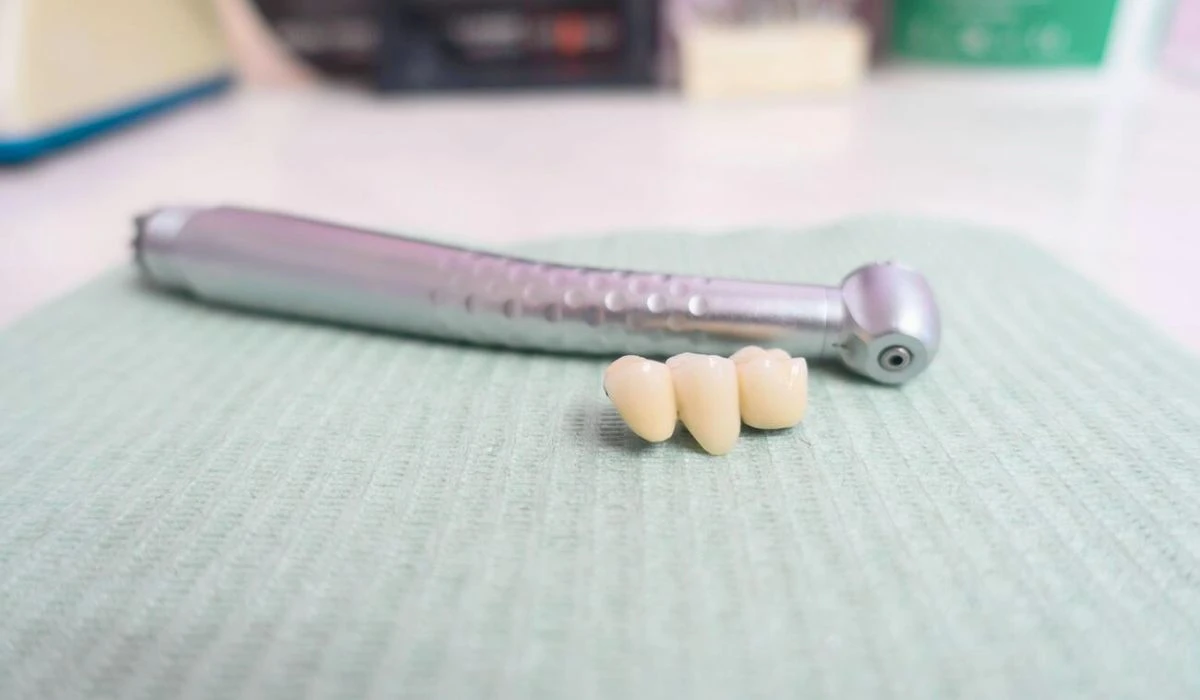A dental bridge is a popular way to restore teeth. It fills in gaps from missing teeth, helps with eating and speaking, and makes your smile look great. It replaces a missing tooth with a false one called a pontic. It also stops other teeth from shifting or moving into the gap.
Dental bridges are safe and effective. They help with eating, speaking, and smiling. They also help promote better oral health and improve self-confidence. It’s like having a dental highway between your missing teeth!
What Is A Dental Bridge?
Dental bridges provide a prosthetic device to replace one or more missing teeth. Pontics, or artificial teeth, are held in place by neighboring teeth or implants. This restores the missing teeth’s look and function, so people can chew and speak properly.

Bridges give more than just aesthetics and function. They keep facial shape by preventing the other teeth from shifting. They also spread bite forces, reducing stress on natural teeth. Plus, bridges can help speech clarity for people with missing teeth.
Dental bridges have been around for centuries! The ancient Egyptians used gold wire to stabilize loose teeth in 2500 BC. However, modern materials and techniques only began in the 20th century to make reliable and good-looking bridge restorations.
What Are The Benefits Of Dental Bridges?
Dental bridges provide many advantages which can greatly improve your dental health and overall well-being. Here are some of the primary perks:
- Function Restored: Dental bridges fill in the space left by absent teeth, allowing you to speak and eat properly.
- Visual Appeal: Dental bridges improve your smile and keep the shape and structure of your face.
- Oral Health: By filling the gaps, dental bridges prevent other teeth from shifting and causing misalignment or bite issues.
- Confidence Boost: With a complete and attractive smile, you can be more confident in social or professional encounters.
- Easy Care: Unlike removable dentures, dental bridges are fixed prosthetic devices that don’t require special maintenance or removal for daily use.
- Long-Term Solution: With proper care, dental bridges can last for years, providing a reliable tooth replacement option.
Moreover, dental bridges can be made from various materials like porcelain, metal alloys, or both. Your dentist will decide the best type for your needs.
Also Check: How Do You Know If You Have Gingivitis? Take Note Of These Signs!
Types Of Dental Bridges
Dental bridges can replace your missing teeth and restore your smile’s functionality and aesthetics. There are various types of dental bridges:
- Traditional bridges: These bridges have two crowns on abutment teeth and a false tooth. They provide stability and durability, restore natural appearance, and improve speech and chewing.
- Maryland bridges: These bridges use metal or porcelain frameworks bonded onto adjacent teeth to support a false tooth. They preserve natural tooth structure, are minimally invasive, and produce good aesthetic results.
- Cantilever bridges: These bridges have a false tooth supported by a single crown on an abutment tooth. They’re suitable for areas with fewer adjacent teeth and offer a stable replacement.
- Implant-supported bridges: These bridges use dental implants as anchors for prosthetic teeth. They’re strong, prevent bone loss, and provide a long-lasting solution.
Costs Of Dental Bridges
The costs of dental bridges can vary. Factors like type, number of teeth, and clinic location make a difference. Let’s get a closer look at cost ranges.
A Traditional or Conventional Bridge can cost $500 – $1,200 per tooth.
A Cantilever Bridge can cost $1,100 – $2,500 per tooth.
A Maryland Bridge can cost $1,000 – $2,500 per tooth.
An Implant-Supported Bridge can cost $4,000 – $16,000 per bridge.
Remember, these are average cost ranges. Complexity and location can affect prices. Also, materials used for the bridge can change the cost.
Conclusion
Dental bridges boast many benefits, making them a popular choice for replacing teeth. You’ll restore your smile and your oral health. Plus, there are various types to choose from, such as traditional and implant-supported. Pick one that suits you!
Filling the gaps left by missing teeth, these bridges help keep the remaining teeth in the right place. This stops them from shifting and causing other issues. Plus, you can eat your favorite foods without discomfort or difficulty.
Here’s a cool detail: dental bridges may be cheaper than other tooth replacement options like implants. Cost depends on materials and complexity. Be sure to think about long-term maintenance costs too.

